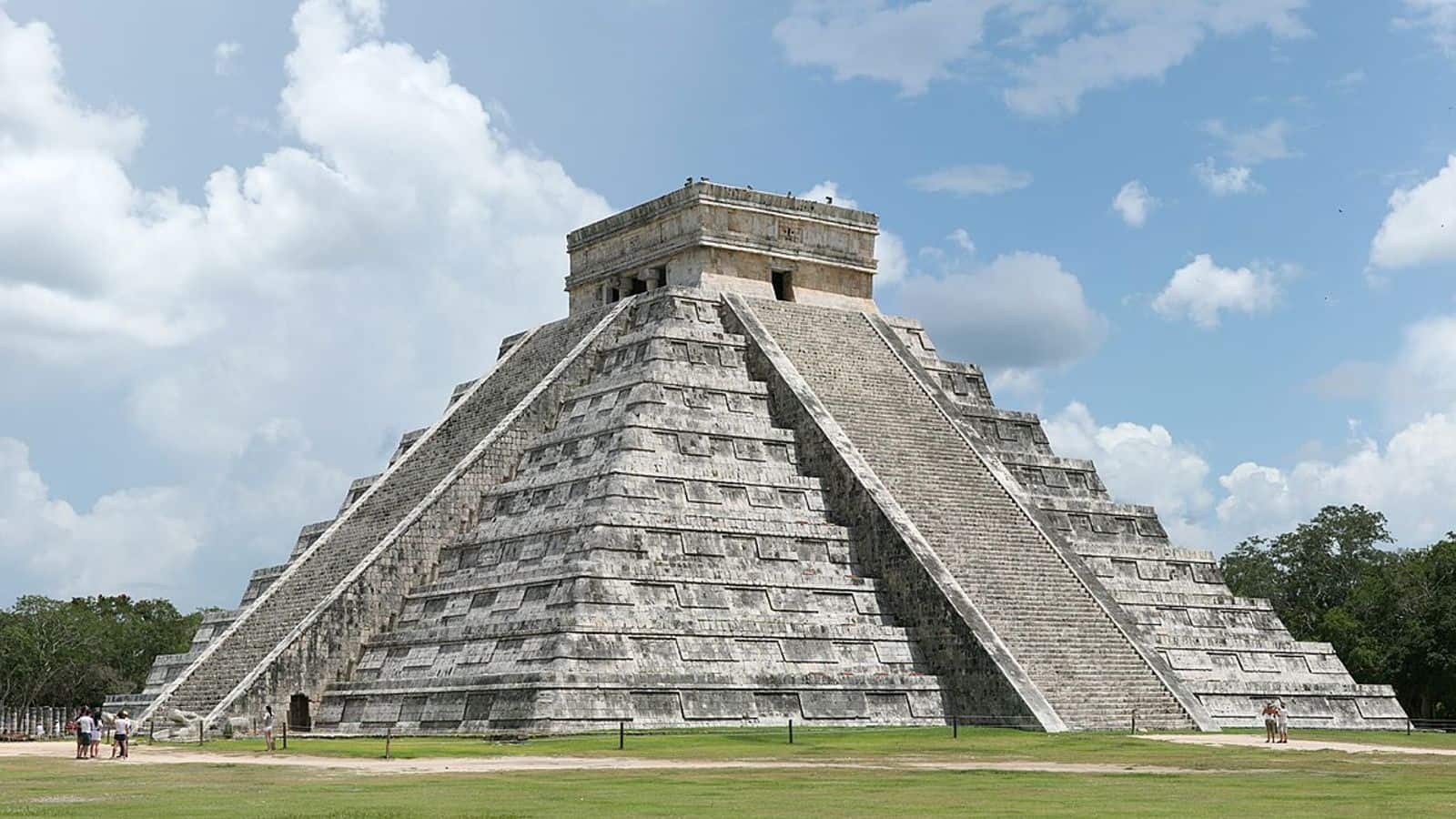
Unveiling Chichen Itza's ancient astronomy with this travel guide
What's the story
Chichen Itza, a UNESCO World Heritage site in Mexico, is a testament to the advanced astronomical knowledge of the ancient Maya civilization. This archaeological wonder not only showcases impressive architecture but also reveals the Mayans' deep understanding of celestial events. Visitors can explore how these ancient people interpreted the cosmos and integrated it into their daily lives and rituals.
Solar alignment
Marvel at El Castillo's solar phenomenon
El Castillo, also known as the Pyramid of Kukulcan, is a marvel of ancient engineering and astronomy. Twice a year, during the spring and autumn equinoxes, visitors witness an awe-inspiring event where shadows create the illusion of a serpent slithering down the pyramid's steps. This phenomenon attracts thousands of spectators who come to see how the Mayans celebrated celestial events.
Astronomical alignment
Explore the Great Ball Court
The Great Ball Court at Chichen Itza is another significant site where astronomy played a vital role. It is not just the largest ball court in Mesoamerica but also uniquely aligned with Venus's movements. The game played here was deeply symbolic, often representing cosmic battles. Observing this site helps visitors understand how important astronomy was in shaping cultural and religious practices.
Celestial observatory
Visit the Caracol Observatory
The Caracol, or "Snail" for its spiral staircase, is believed to have been an ancient observatory. Its windows are strategically aligned with Venus's extreme northern and southern positions in the sky as well as other celestial events related to solstices and equinoxes. A visit here offers insight into how advanced Mayan astronomers were in tracking celestial movements without modern technology.
Water mirror
Walk through the sacred cenote
Lastly, no visit to Chichen Itza would be complete without seeing the Sacred Cenote—a natural sinkhole that served as a place for offerings and communication with deities. While not directly related to astronomy, it reflects how natural elements were revered and integrated into spiritual life. Viewing this cenote allows travelers to appreciate the holistic view Mayans had toward nature and cosmos alike.